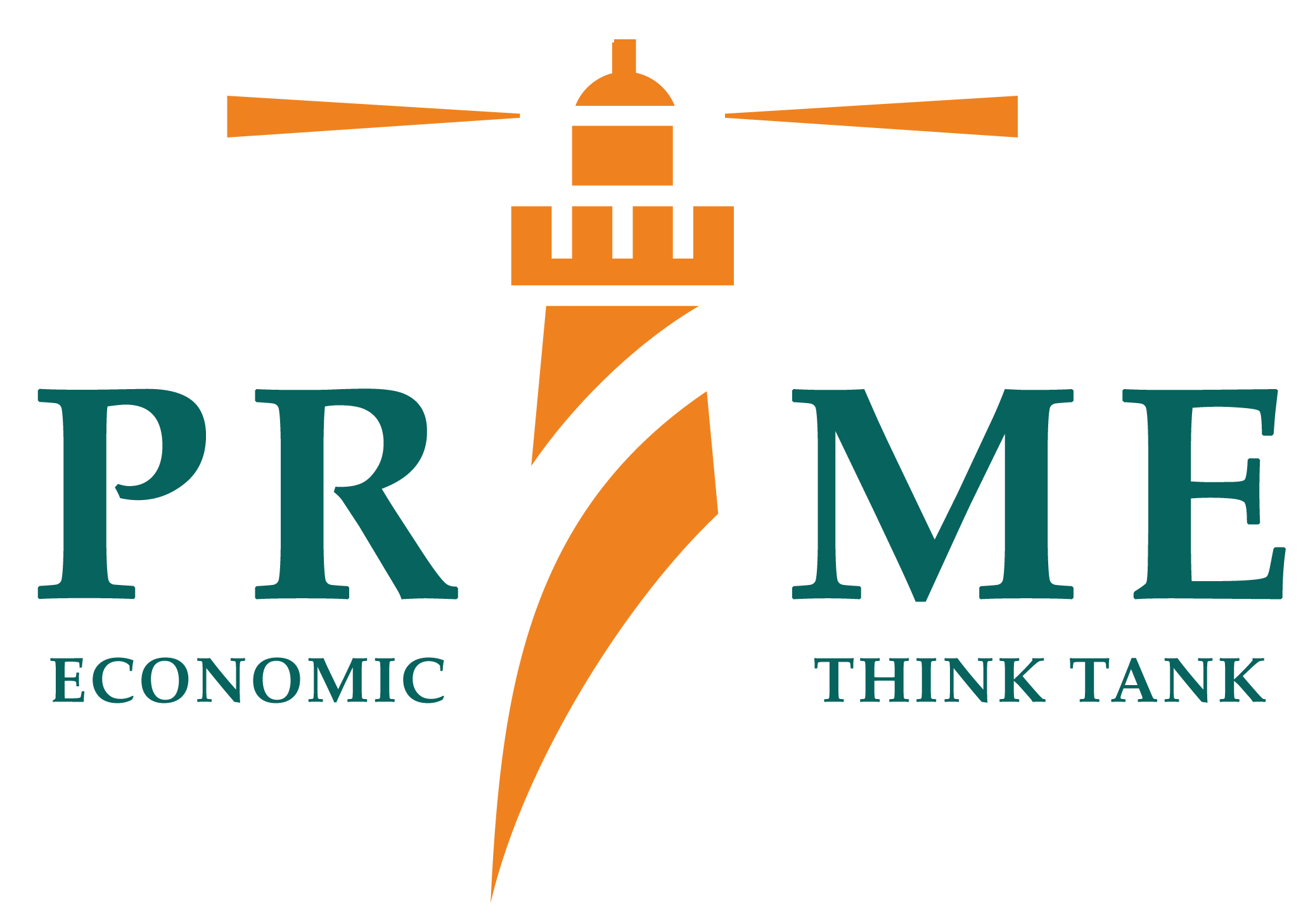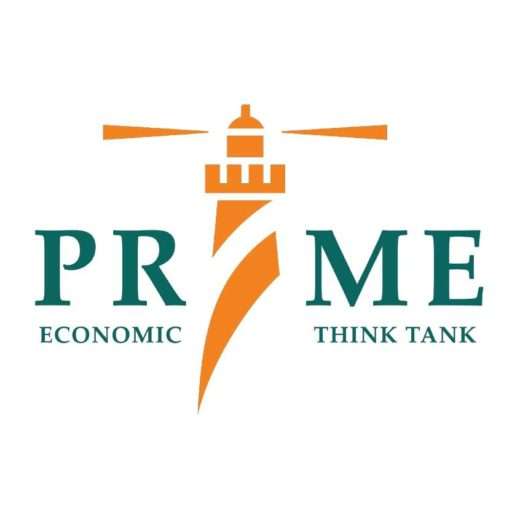Social protection in Pakistan – from income to assets
Ali Salman / Usman Ali
Success demands wide-ranging programme with right choice of beneficiaries, stringent monitoring

ISLAMABAD: According to the United Nations Development Programme (UNDP) 2019 report, 21.5% of the population is living in severe multidimensional poverty while 12.9% are vulnerable to multidimensional poverty.
This suggests a relative decline in poverty as compared with 2018 when 24.7% of the population was living in severe multidimensional poverty.
However, Pakistan is still far from the target of Sustainable Development Goals, which is to reduce poverty up to 9% by 2030. To fight poverty, the government needs to come up with a proper poverty reduction strategy and it is time to rethink the whole social protection approach based on income transfer. The Benazir Income Support Programme (BISP) offers an unconditional cash flow of Rs5,000 per month to the deserving families. This amount merely covers the food expense as the price of the basket of food keeps on increasing.
When the families spend all the amount, they start waiting for the aid of the new month. It means they are dependent on government aid and has no proper income generation source. Recently, Prime Minister Imran Khan launched the Ehsaas Amdan programme that would give 200,000 livestock assets to the deserving families (60% women and 30% youth beneficiaries) to improve lives of 1.4 million people.
The total budget of the programme is Rs15 billion and it is a four-year programme that ends in 2023. The prime objective of the Amdan programme is to develop better livelihood opportunities for the deprived families.
It is commencing in 375 rural union councils in 23 of the poorest districts, which are selected on the basis of three parameters – level of human development, level of poverty and food insecurity. In the Ehsaas Amdan programme, deserving families will receive small assets, including livestock (goats, buffaloes and cows), agricultural inputs, rickshaw and inputs for small retail outlets and small enterprises. If put into proper use with an entrepreneurial mindset, these assets will help in income generation.
Ehsaas will help in alleviating poverty, especially in backward areas, and it is structurally different from BISP in the sense that it is offering assets, instead of income transfer.
In the short run, the families who will receive assets will have to bear the cost of maintenance, but in the long run, they can sustainably generate income from their animals and agricultural inputs. A question that arises here is whether offering livestock to families will be useful in poverty alleviation or will it result in an additional burden or just a one-off encashment opportunity?
Many families will find it challenging to bear the day-to-day operational cost. It may be the cost of feed, veterinary care and related expenses. In some cases, the livestock may put pressure on some families, which may lead them to sell their assets.
Secondly, not every family will be able to rear livestock. It can be due to shortage of space in the house or may be due to the illness of the family head. One can also observe changes in the livelihood patterns of rural families. There was a time when rural people were strong enough to do multiple tasks ie crop sowing and animal rearing. Now, many young people do not live or work in rural areas and these rural households are also shifting from farm income to non-farm income.
The government must ensure that there is a fully functional veterinary hospital or a care centre in those areas where livestock will be distributed. Moreover, necessary awareness programmes should be initiated that help the families to fight fatal diseases like the foot and mouth disease in livestock.
Now, let’s have a bird’s eye view of what China did to alleviate poverty. If you look at the poverty level in China back in 1978, you may find that 97.5% of the population in rural areas was living below the poverty line.
The Chinese government initiated different poverty alleviation campaigns to bring a positive change in the people’s lives. Currently, it is focusing on eliminating absolute poverty by the end of 2020. China’s government mainly focused on the provision of education, skill development and creation of employment opportunities near people’s homes. In this sense, Ehsaas is quite different because it is offering assets and interest-free loans that will help in the long run to earn a better living.
Even if some families misuse or underutilise this programme, it is likely to help in generating cash at the time of emergency. Success demands a comprehensive and wide-ranging programme with the right choice of beneficiaries and a stringent monitoring mechanism.
The writers are associated with PRIME – an independent think tank in Pakistan
Published in The Express Tribune, March 2nd, 2020.


